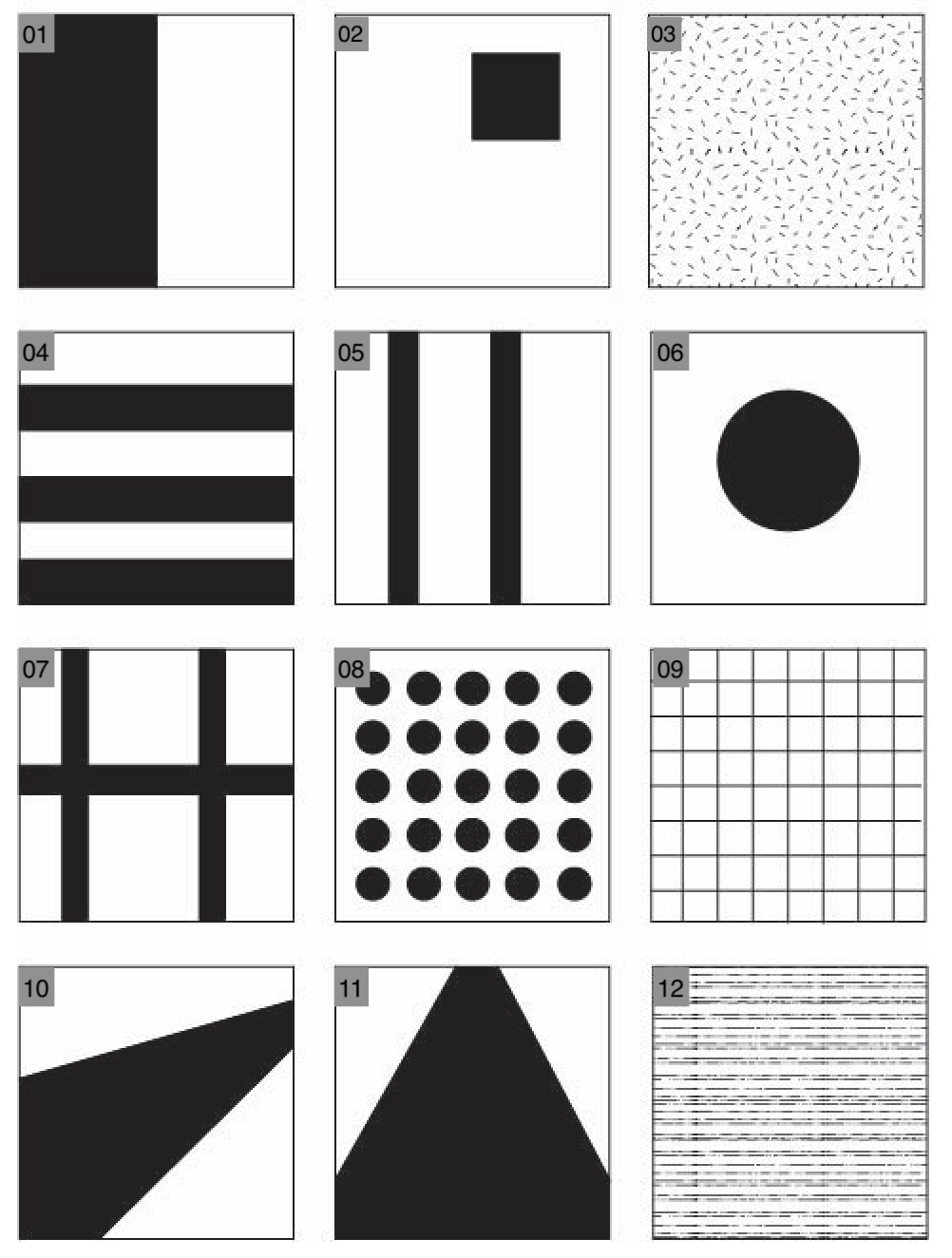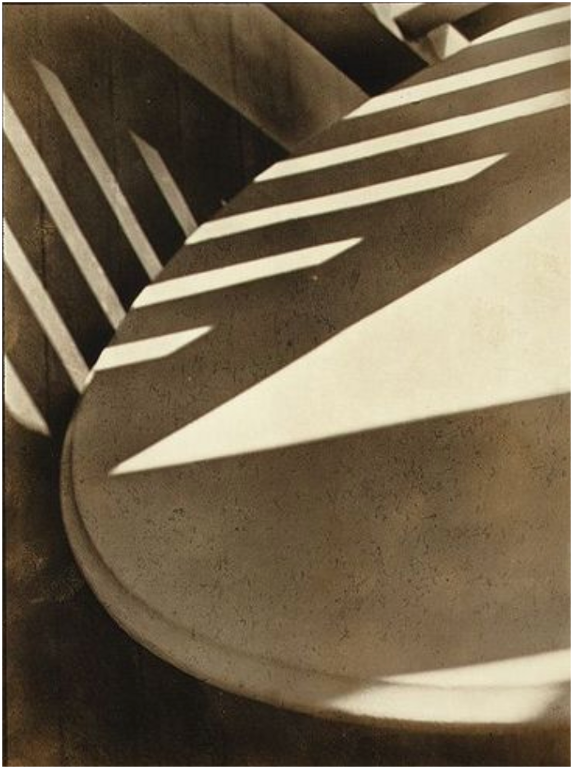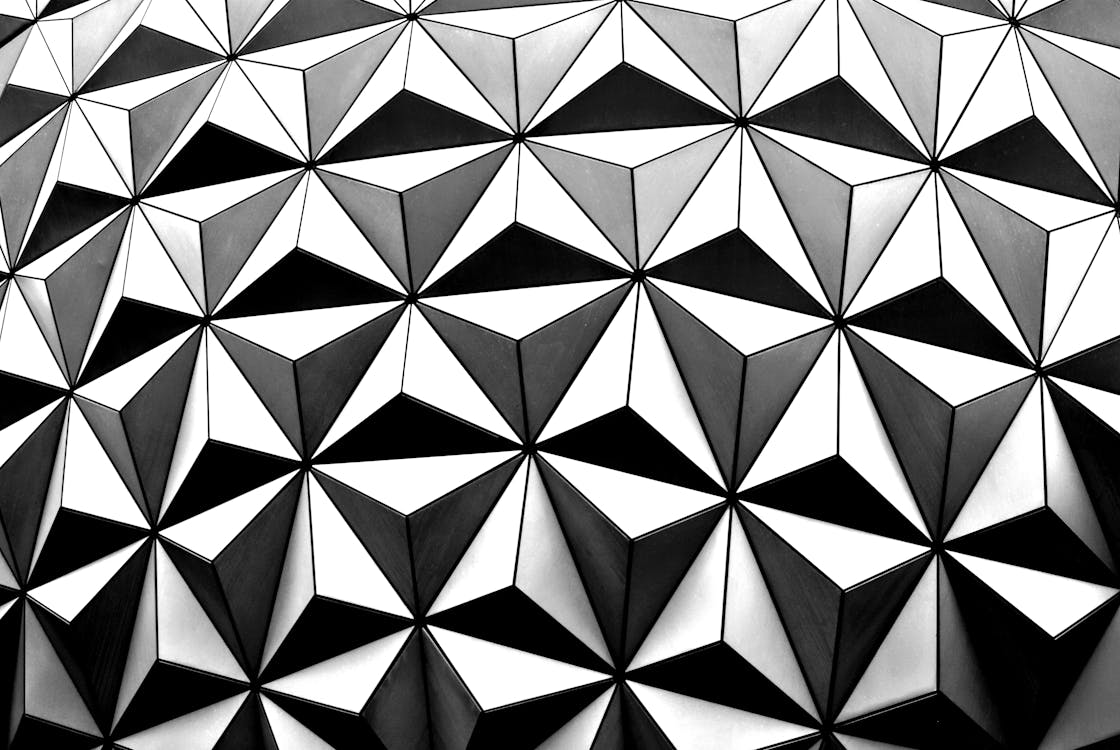

One of the pictures that worked quite well for me is the first one since I managed to find a spot that captures the line in the middle, and some subsequent relationships, without many complexities that may affect the overall image. For that picture, I focused on how the line divided the gravel and concrete. In addition, the gravel seems to have a gradient of leaves, with more leaves intertwined with the gravel nearer to the line. Overall, I think this allowed for a great interpretation of the provided image with added meaning and maintained the compositional balance between the line and other elements.

The third picture works quite well for me since it is a relatively more straightforward image without any significant compositional techniques other than texture. I managed to capture this by finding an evenly-lit surface. Still, by some combination of sunlight, I managed to capture the intricacies in the texture of the flooring, some of which possibly emphasized with shadows. Combining a lighter and darker character – black and bright yellow – produces contrast within the texture, making it aesthetically appealing.

For this image, I primarily focused on gaining the effect of converging lines composing a shape, as depicted by the unequal slope of lines in the photo jungle picture. As a result, it made it so that I did not focus much on the other compositional elements of the image, including the color used and the sharpening/focus. Although the simple nature of this photo manages to contribute interest towards the seemingly converging lines, this has come at the expense of focus in which I used a deeper depth of field to capture more intricacies of the shape in the upper portion of the picture, but at the same time disregarding the bottom of the picture that may actually be too close/shallow for my lens to properly capture. The reflection of the light on the right portion of the picture makes it so that the surrounding white background is not entirely gray, which takes away from the unique qualities of line and shape. Although I think I could probably maintain my composition in the picture, I can improve upon this picture by making minor adjustments for the most desirable effect.

Although this picture is (to me) quite a cool picture with its complex qualities, I feel that such complexity has impacted the central compositional element of lines converging toward the center of the image. Although such lines exist with the converging of the staircase and the staircase walls, it is complemented by the staggered staircase, the various shapes along the walls, the shadow created by the left wall, and the blue color at the top of the picture, in addition to other elements. I think that these numerous elements have made it difficult to distinguish the primary compositional aspect of the photograph, which is the converging lines, but I still think this picture is still quite cool, albeit not the best for this specific activity.



 “Converging Lines” (Dooley)
“Converging Lines” (Dooley)



